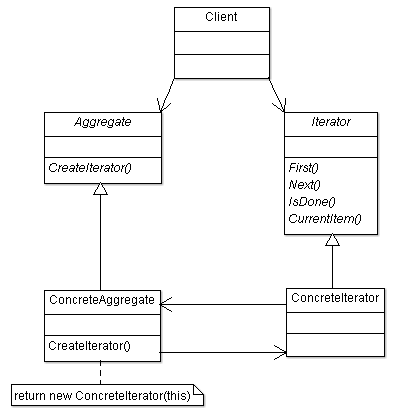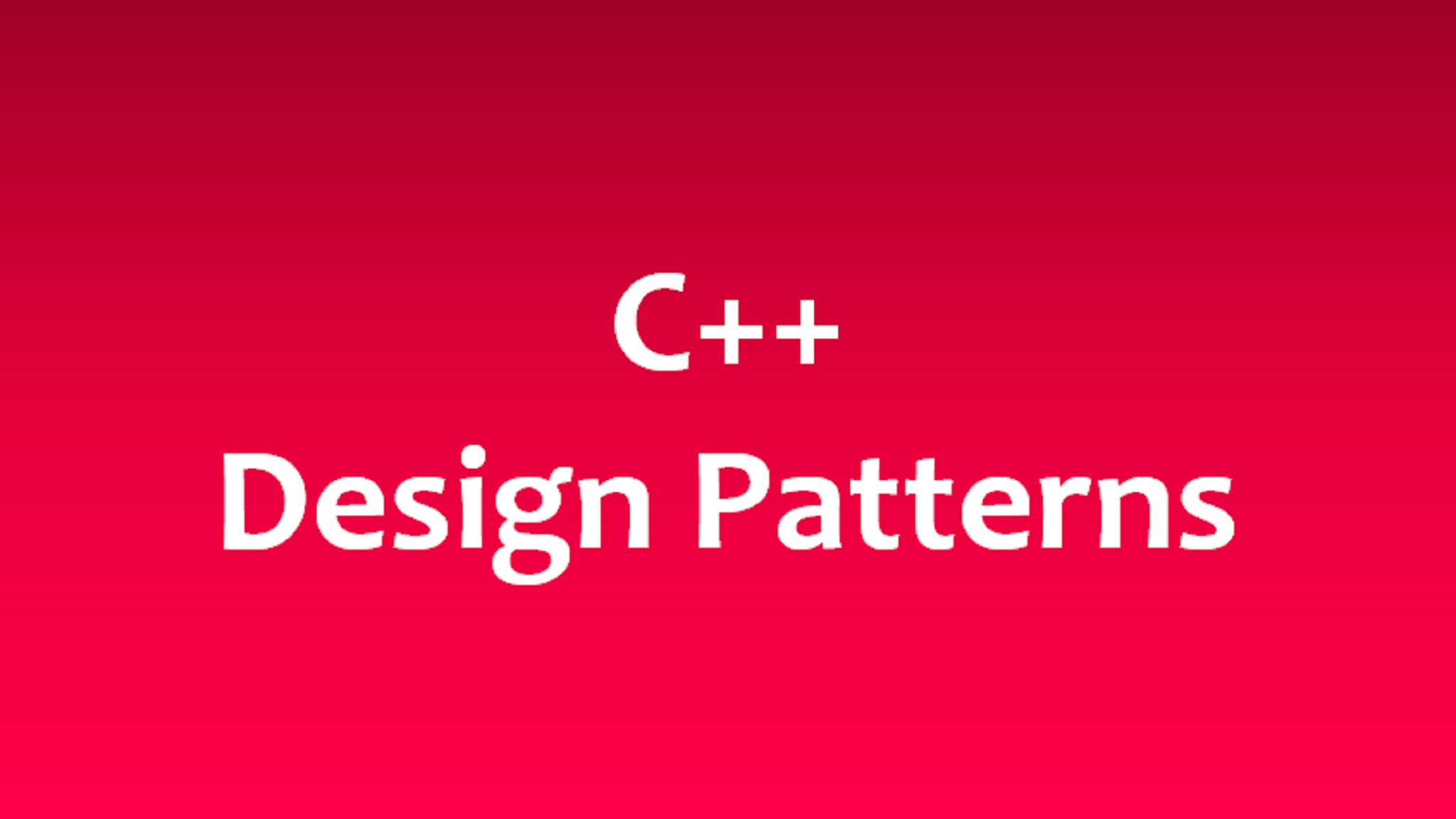> Design Patterns > Iterator Design Pattern
Iterator Design Pattern
Iterator design pattern is used to access and traverse an aggregate object without exposing its internal structure.
Intent
- Provide a way to access the elements of an aggregate object sequentially without exposing its underlying representation.
The intent of iterator design pattern is to provide the access of aggregate object without exposing its internal structure.
Problem
- Need to access the elements of an aggregate object without exposing the internal details of object.
Solution
- Provide a way to access and traverse an aggregate object by giving responsibility of access and traversal to another object.
So there can be common interface, which can be applicable for different data structures to provide interface for accessing and traversing. There will be separate objects having this interface and will have responsibility to access the elements and traversal of aggregate objects.
Where iterator design pattern is applicable?
- Access and traversal of aggregate object is required without exposing its internal structure.
- Common interface is required to access and traverse different data structures.
Iterator Design Pattern UML Structure

Participant classes of iterator design pattern
- Iterator class provides the interface for accessing the elements and traversal of the aggregate object.
- ConcreteIterator class implements the interface of Iterator class and keeps track of current item of aggregate object.
- Aggregate class provides the interface for creating Iterator object.
- ConcreteAggregate class implements the method CreateIterator().
How they work together?
- The client creates the ConcreteAggregate object. It uses the CreateIterator interface to create the ConcreteIterator object. This will have the current item information to track the aggregate object. Now it uses the Iterator interface to access the elements and traversal of aggregate object.
- So we can have different data structures, and their concrete iterators can implement interface according to their traversal algorithm. This makes the access and traversal simple for different data structures.
Iterator Design Pattern Example
Implementation Code
| C++ | Iterator Pattern in C++ | Iterator Pattern C++ Example |
| C# | Iterator Pattern in C# | Iterator Pattern C# Example |
| Java | Iterator Pattern in Java | Iterator Pattern Java Example |
| Python | Iterator Pattern in Python | Iterator Pattern Python Example |
| JavaScript | Iterator Pattern in JavaScript | Iterator Pattern JavaScript Example |
| PHP | Iterator Pattern in PHP | Iterator Pattern PHP Example |
| Ruby | Iterator Pattern in Ruby | Iterator Pattern Ruby Example |
| Swift | Iterator Pattern in Swift | Iterator Pattern Swift Example |
| Objective-C | Iterator Pattern in Objective-C | Iterator Pattern Objective-C Example |
Suresh Kumar Srivastava is founder of online learning site coursegalaxy.com and author of popular books C In Depth, Data Structures Through C In Depth. He has 18+ years experience in industry and worked on architecture and design of multiple products. This article Iterator Design Pattern is from his Design Patterns course.
© CourseGalaxy All rights reserved.

